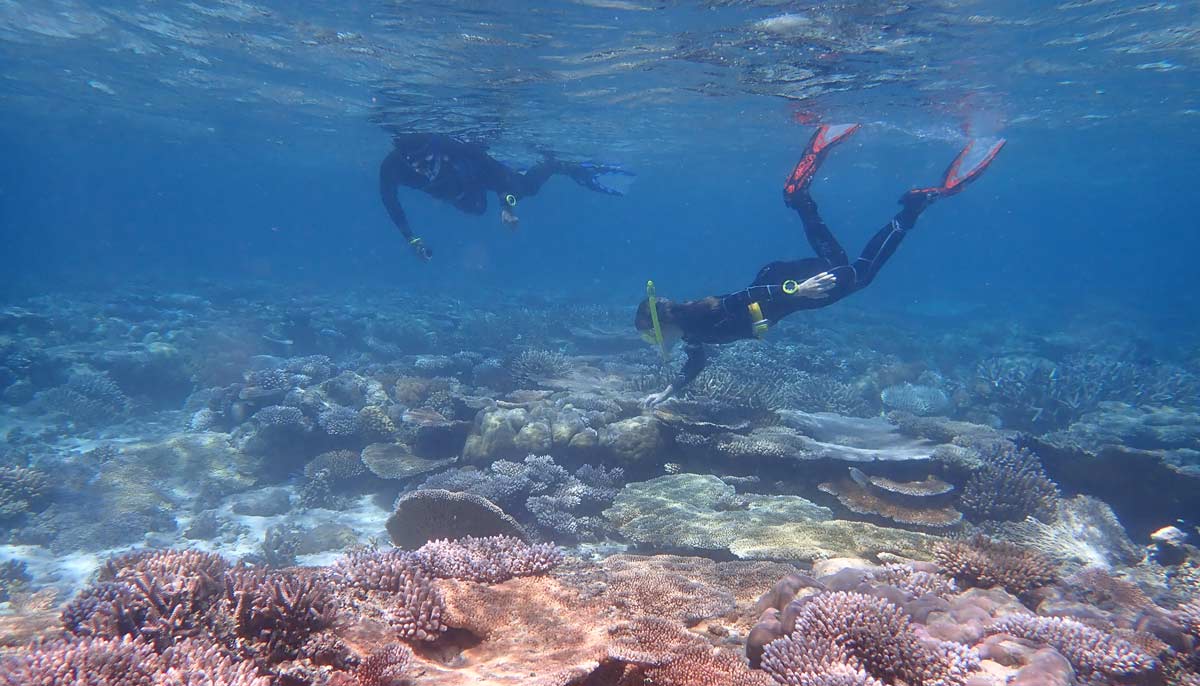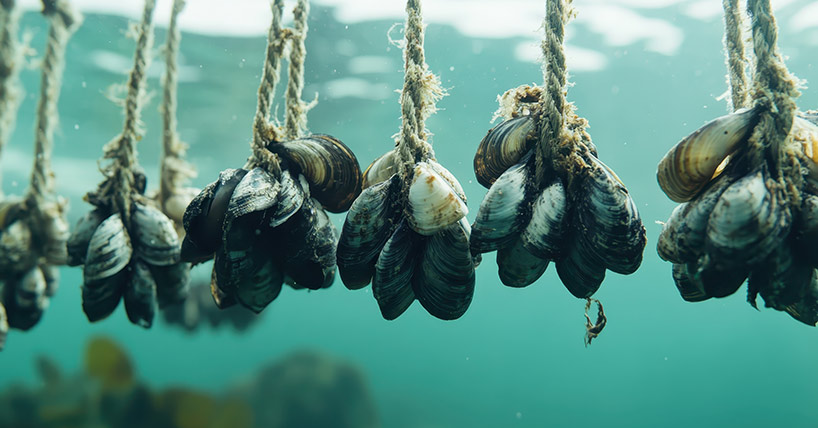Coral reef oases
Coral reef ‘oases’ offer glimmer of hope
Published on: 19 June 2018
Small ‘oases’ in the world’s oceans where corals appear to be thriving, could offer vital insights in the race to save one of the world’s most threatened ecosystems.
An international team of academics, including Dr James Guest, from Newcastle University, UK, has developed a framework that can identify small communities of corals that are flourishing against the odds while so many around the world are dying.
Focussing on four key locations in the Pacific and Caribbean, and using data from sites that have been surveyed for at least a decade, the research team identified small pockets of life where the coral appeared to be either escaping, resisting or rebounding from changes to their environment.
Publishing their findings today in the Journal of Applied Ecology, the team hope these new findings will encourage further study into why these small communities of corals are surviving while so many more are not, and inspire efforts to identify similar “oases” in other ecosystems.

Escape, Resist, Rebound
Dr Guest, lead author on the paper and currently a European Research Council Fellow at Newcastle University, explains:
“Coral reefs are in rapid, global decline but the severity of degradation is not uniform across the board and what we have identified are coral reefs that are doing better than their neighbours against the worst effects of climate change and local impacts.
“This glimmer of hope does not mean we can be complacent about the severity of the crisis facing most of the world’s coral reefs. But it does give us a starting point from which to understand why some ecosystems might be more resistant than others and to identify areas that warrant stronger protection or specific management strategies, such as restoration or mitigation.”
Working together, the researchers were able to identify 38 oases that they tentatively categorized as either “escape”, “resist”, or “rebound” oases.
They describe Escape oases as coral communities that have been able to avoid disasters such as bleaching, invasions from coral-eating sea stars or the wrath of hurricanes. Resist oases are coral communities that appear hardy and resistance to environmental challenges. Rebound oases are coral communities that have suffered damage like many other reefs, but have “rebounded” to a coral dominated state.
Priorities for conservation
“There are a number of reasons why one coral reef might survive while its neighbour dies,” says Dr Guest.
“It could be that the location is simply better for survival – deeper water that is outside the storm tracks, for example. The coral communities could possess biological or ecological characteristics that make them more resilient and able to resist damage. Or there may be ecological processes at play which means that the reef community is able to rebound more quickly after a disturbance.
“Identifying cases in which individuals or communities perform better than their neighbours, despite being at equal risk, is common in public health and medical fields and using a similar approach in ecology can help us to identify areas that can be prioritised for conservation.”
Principal investigator Peter Edmunds, from California State University Northridge, who studies coral reefs in St. John, U.S. Virgin Islands, in the Caribbean, and in Moorea, French Polynesia, in the Pacific, said he had been “blown away” by the capacity of the reefs in Moorea to rebound following devastation.
“We started working there in 2005, and almost immediately encountered hordes of coral-eating sea stars that quickly consumed the tissue of the corals,” he said.
“By 2010, there was as close to zero coral on the outer reefs as I have seen in my entire career. And yet, within eight years, that coral has regrown. In places, about 80 percent of the sea floor is now covered by live coral. It is a remarkable example of an oasis.
“This does not contradict reports of coral reefs suffering huge losses across the world and that the overall situation is very bad.
“However, there are kernels of hope in places where corals are doing better, or where they are doing less badly than elsewhere and these places provide us with a focus of attention that might be used to enhance coral conservation efforts.”
The work was a collaborative effort of scientists from twelve institutions and three countries and was made possible by a fellowship from the U.S. Geological Survey’s John Wesley Powell Center for Analysis and Synthesis. Much of the development of the paper took place during two workshops held in Fort Collins, Colorado. “Bringing together a remarkable group of people to the Powell Center for a few days to discuss these critical questions was really invigorating for me,” says Dr Guest. “The Powell Center is without doubt one the best locations for a scientific workshop that I have visited.”
Reference: A framework for identifying and characterising coral reef ‘oases’ against a backdrop of degradation.
James Guest, Peter Edmunds, Ruth Gates, Ilsa Kuffner, Andreas Andersson, Brian Barnes, Illana Chollett, Travis Courtney, Robin Elahi, Kevin Gross, Elizabeth A. Lenz, Satoshi Mitarai, Peter Mumby, Hannah Nelson, Britt Parker, Hollie Putnam, Caroline Rogers and Lauren Toth.
Journal of Applied Ecology. DOI: 10.1111/1365-2664.13179




